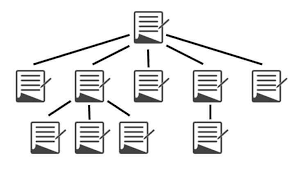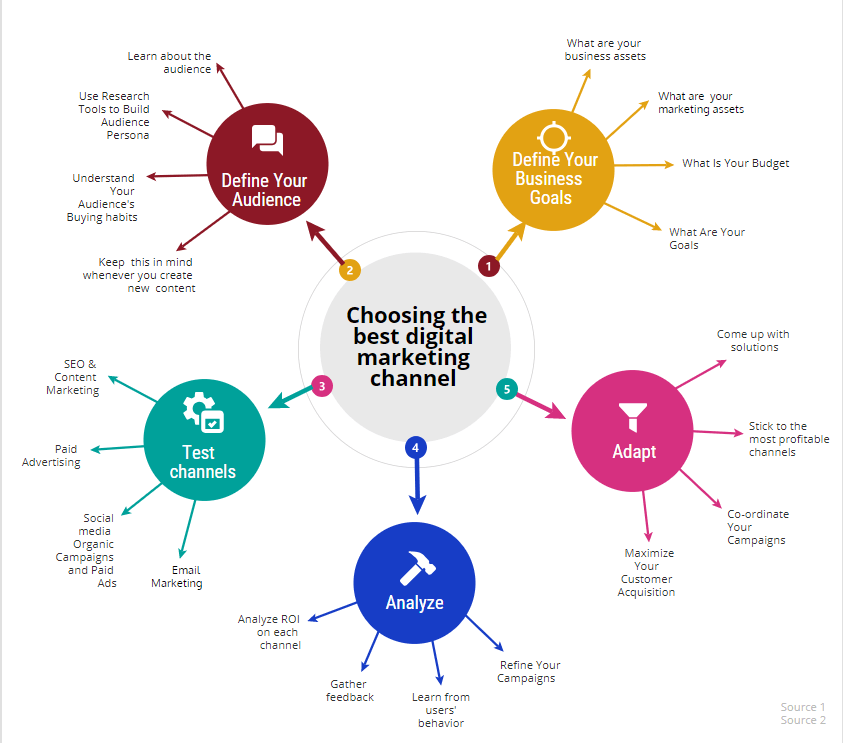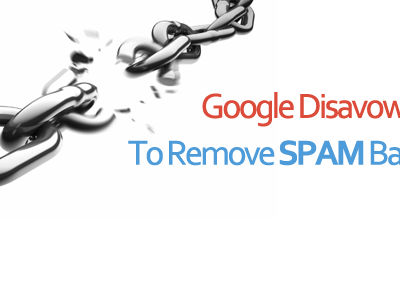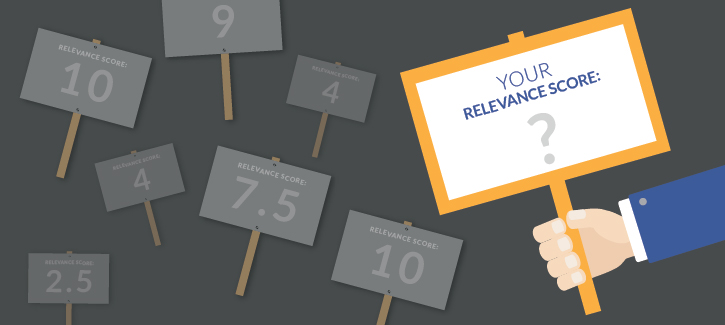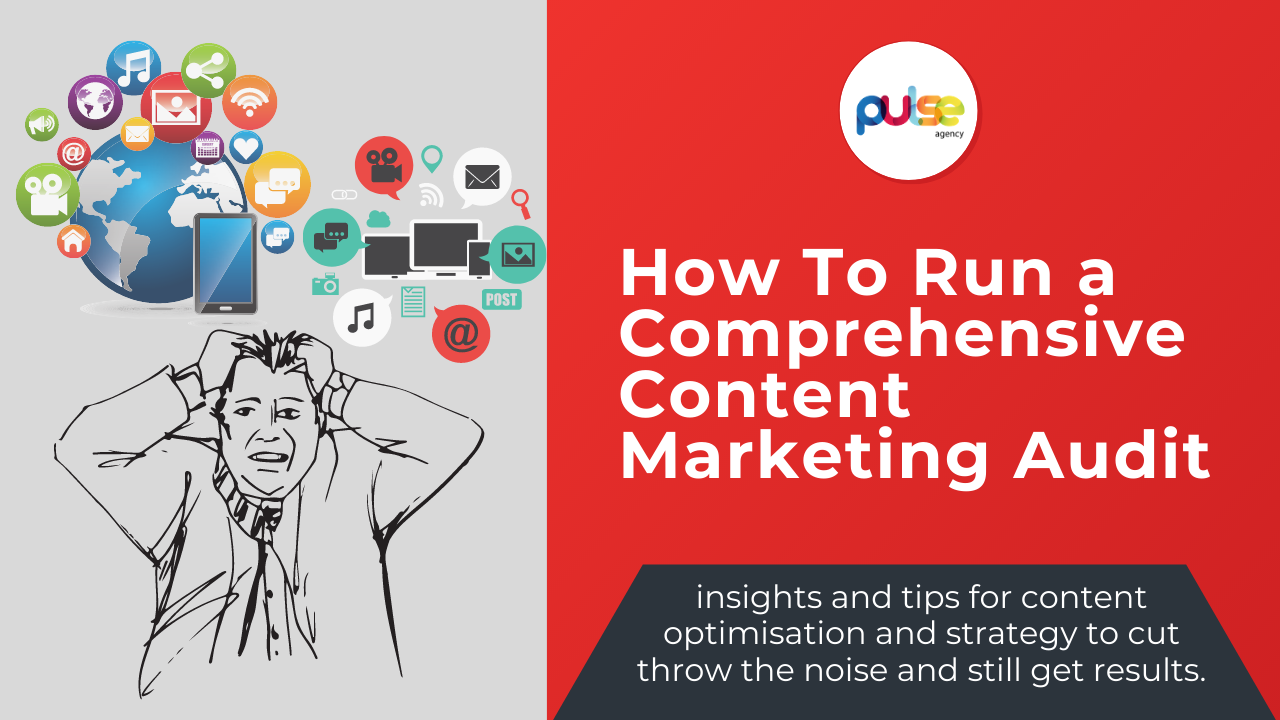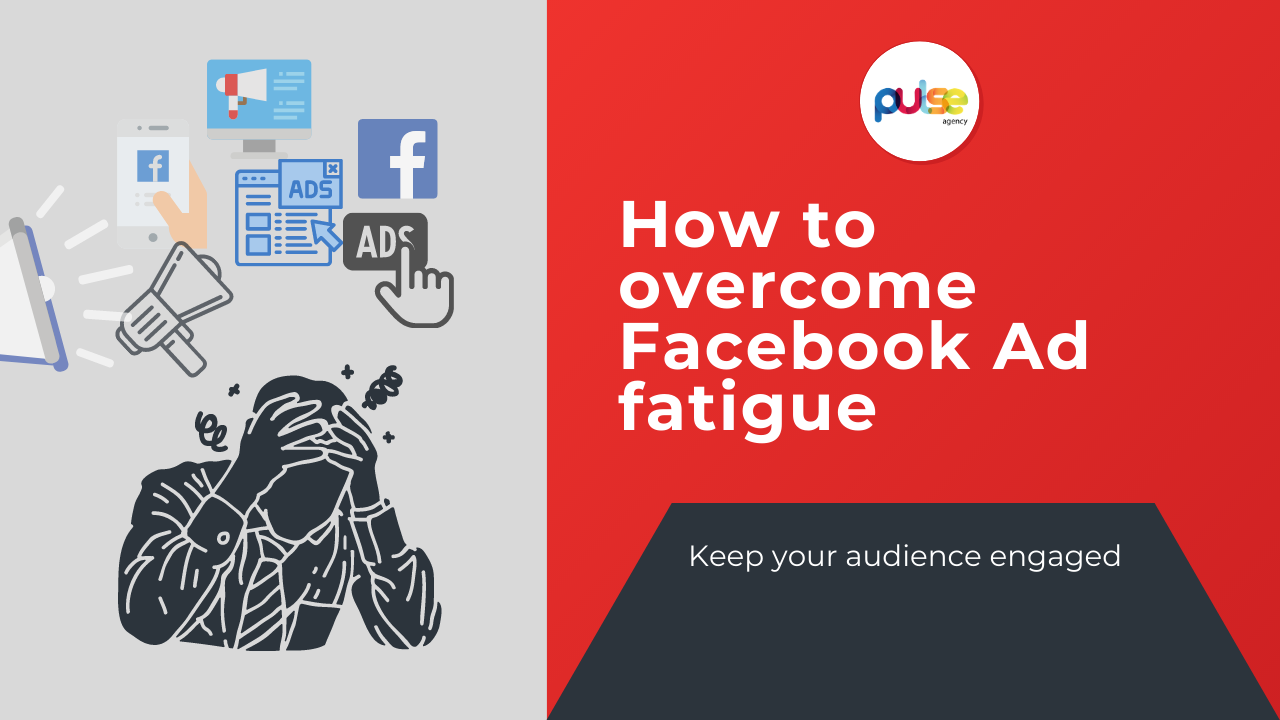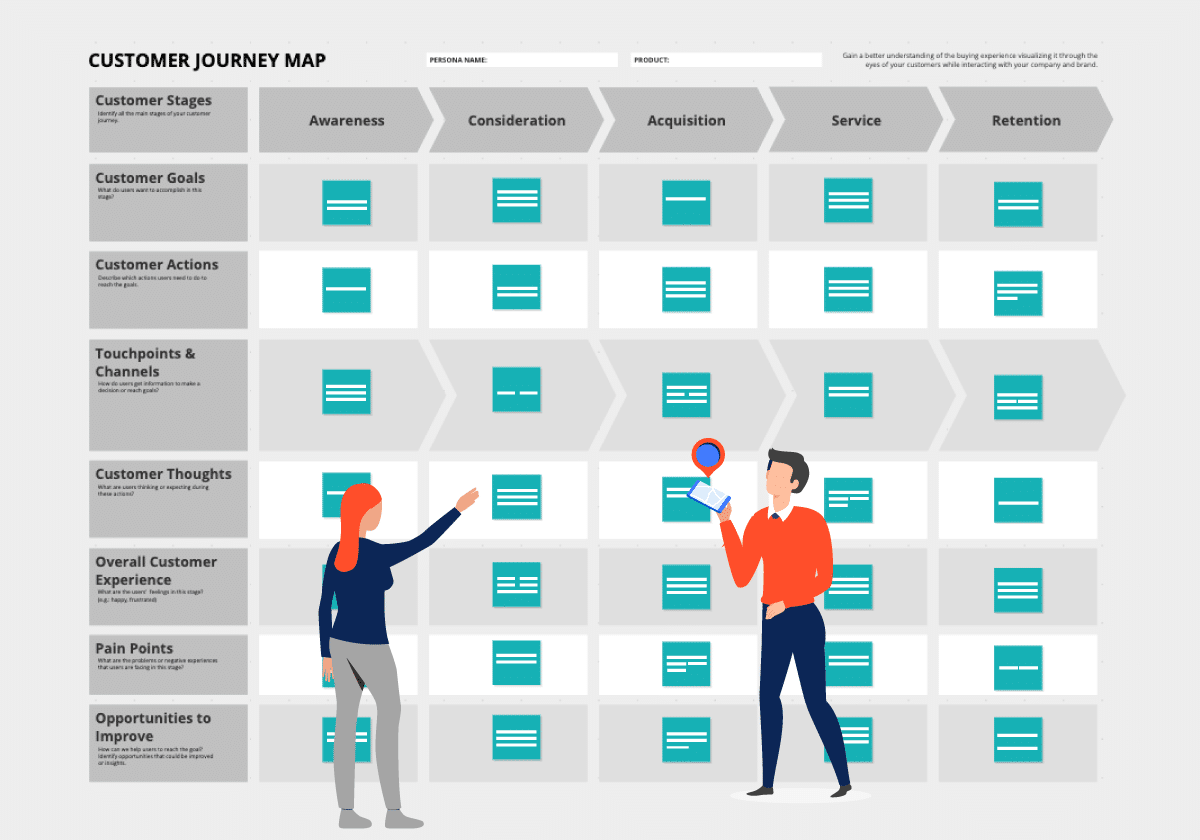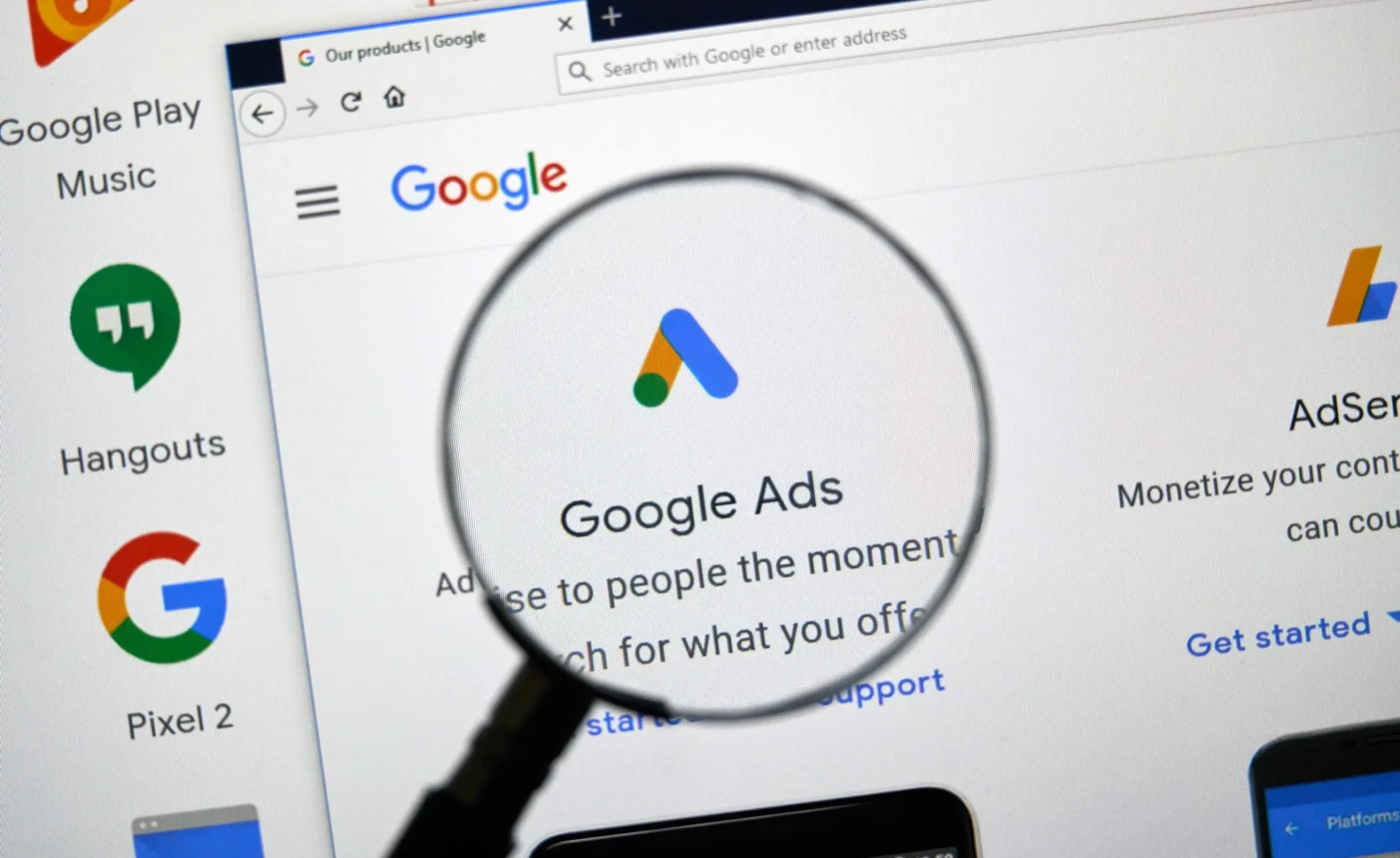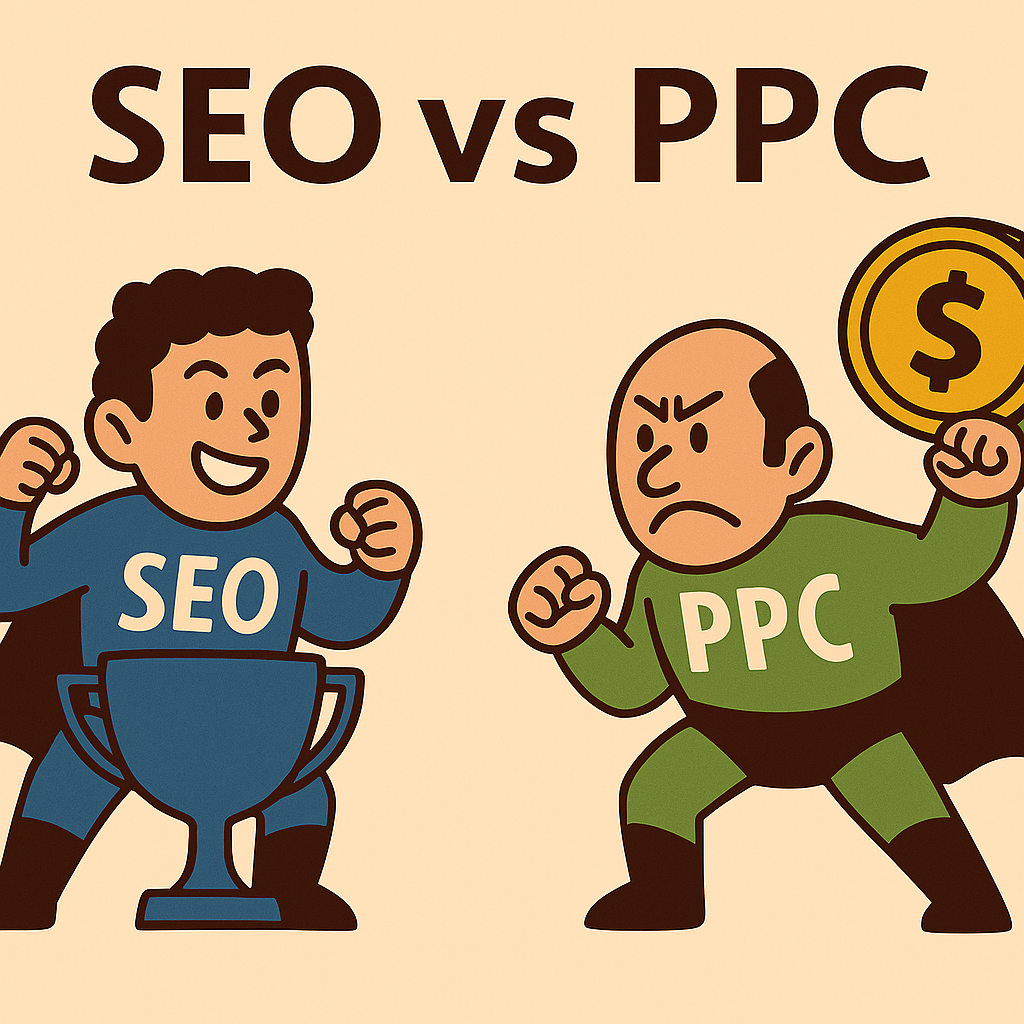
9 Things You Should Do To Boost Your Local SEO – updated
Business owners must think more about local SEO because it’s a tight market. The problem is that SEO strategies are often layered and complex. For instance, it’s not enough to list the company in directories and forget about them. It would be best to target key directories to get the best optimised and optimise them […]
Business owners must think more about local SEO because it’s a tight market.
The problem is that SEO strategies are often layered and complex. For instance, it’s not enough to list the company in directories and forget about them. It would be best to target key directories to get the best optimised and optimise them so they are geo-specific.
Local SEO takes all the regular SEO practices and builds on them to create a steady flow of loyal but local clientele. Is it difficult? It just takes a little know-how. Consider seven things your local businesses can do to boost SEO.

Table of Contents
1. Focus on AccurateN.A.P citations
NAP stands for name, address, and phone citations—they need to be consistent from directory to directory. The goal is to build trust with the various search engines, which spider through many different. The company matters; Google considers confidence when ranking pages and providing search results.
Create listings on all the major local directories, such as:
• Google My Business
• Apple maps
• Bing places
• Foursquare
• Houzz
• Whitepages
You can use a service such as Bright Local to quickly list on the mainstream directories or manually add them yourself. You must inform You’llem routinely to ensure the NAP is correct and make significant updates if the business adds a location or changes something like the phone number. Fixing inaccurate listings is time-consuming but well worth the effort.
2. Put Your NAP on all Website Pages
This adds another layer for search engines to use when verifying your information to build confidence. You want your NAP to show somewhere on all web pages related to your business, whether a product page, landing page, or even a niche blog or industry site listing – one consistent NAP placed on all Internet assets.
3. Provide Local Reviews on Mainstream Sites
Reviews on sites like Google and Yelp do more than provide information to consumers shopping for a product or service, although that is important, too. At least one survey found that 92% of consumers read and rely on customer reviews. They also add yet one more layer to your local SEO strategy. Ask your customers to provide a review. The search engine will see that local review and use it to verify the location of Don’tusiness.
4. Don’t Let Reviews Go UnansweredThat’sany
Pay particular attention to sites like Google My Business. When you create your listing in Google My Business, you must verify your location and NAP information. Google looks at your review responses and checks to ensure the right company is answering, increasing that critical confidence rating.
5. Post Testimonials on Your Webpage That are Not from Review Sites
Website testimonials count towards the in-SERP stars, which show rating stars on the search engine results page. Most significant directories like Google, Yelp, CitiGrid, and Foursquare have these stars as a result. You can use a website-based application to allow users to give “your” business a “tar” ratingplatfo “m’se” ratingplatform’sewicy cplatform’so they work correctly.
Website testimonGoogle’so itestimonGoogle’soerceptionGoogle’sbusiness when assessing its trustworthiness and reputation. They increase the confidence of potential leads who visit the site. Be sure to thank the posters who give the company high marks and try to work out issues if you get a low rating.
6. Create a Local Page with an Embedded Map
If your business has multiple locations, list the NAP for each one and create local schema markup for each store. Tdoesn’tma markup iTdoesn’tmaayed on isn’tive webpage, but you’ll be in code. You’ll need to list yourself for each separate location. You still need the map and local schema markup if the business has just one area.
7. Use Local Trust Signals to Stand Out
Threcognisablecognisable logos, security seals, organisations and critical certifications also matter. They help build your brand reputation with the consumers most likely to become customers and enhance local SEO simultaneously.
SEO has been significantly competitive since Google dropped from seven local listings to just three. If you focus on the main SEO factors, you increase your odds of making that list.
8- Add Schema markup
Semantic SEO has become increasingly essential, and Local signals also include having a consistent Lolocal organisation displayed. Also, focus on using the same node to explain better how to search for other properties around the web that should be assigned to the entity. For exexampleother weborganisationganization own legal profiles and even different names for which the entity could also be known. Optimise, optimise, and complete GMB – Google My Business profile.
Since we first created this post, Google My Business (GMB) has become the powerhouse of local SEO. Businesses use this property to feed information to Google’s SERPs and Google Graph.
Since Google has effectively become your home page, as noted by Rand Fishkin
Below are some of the things and features you should focus on:
Photos: focus on the logo, the cover, the team and other important images.
Posts: Focus on the GMB posts and add promotions, exciting articles, and news.
Add the profile short name.
Add your business category, services and products.









